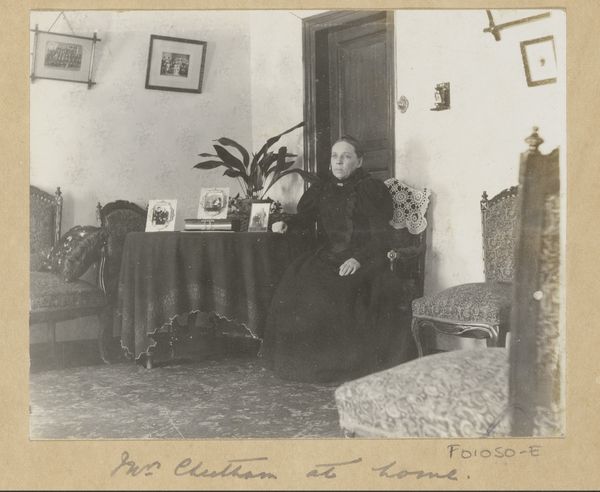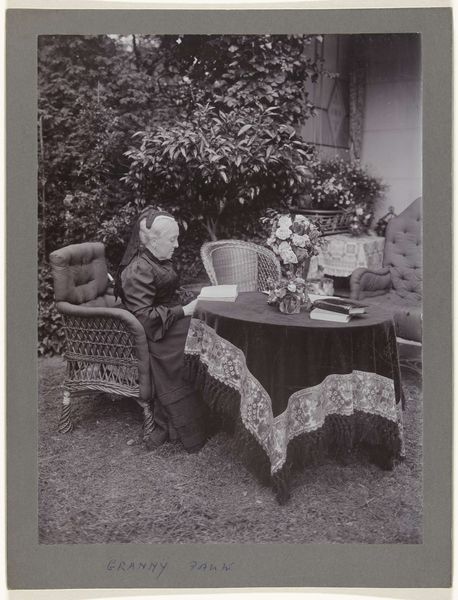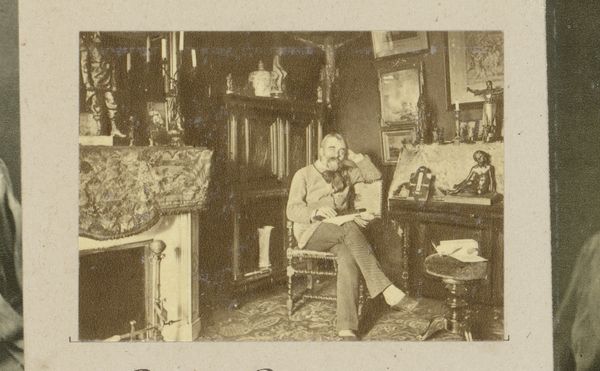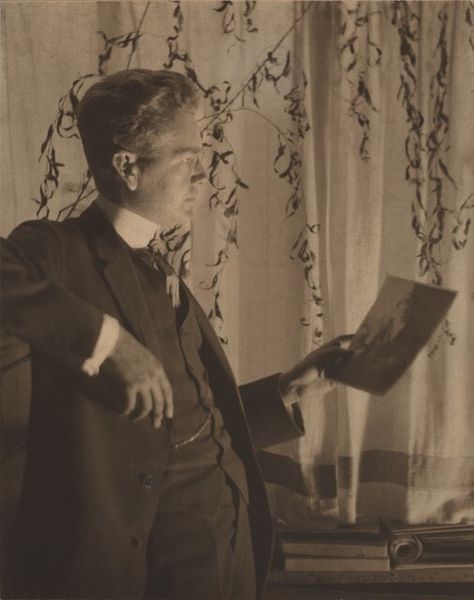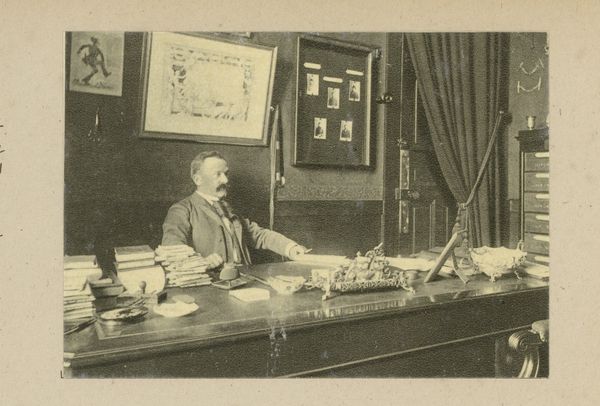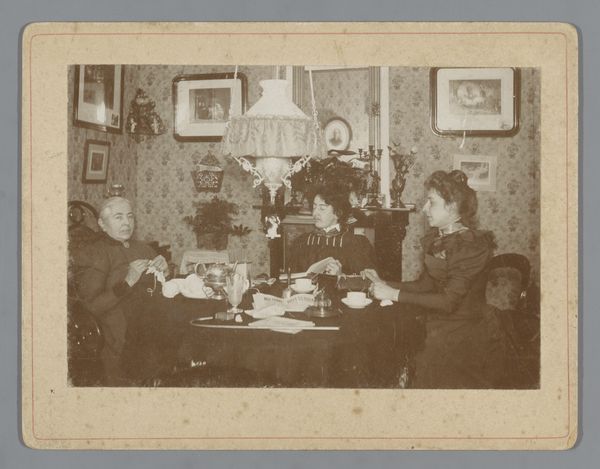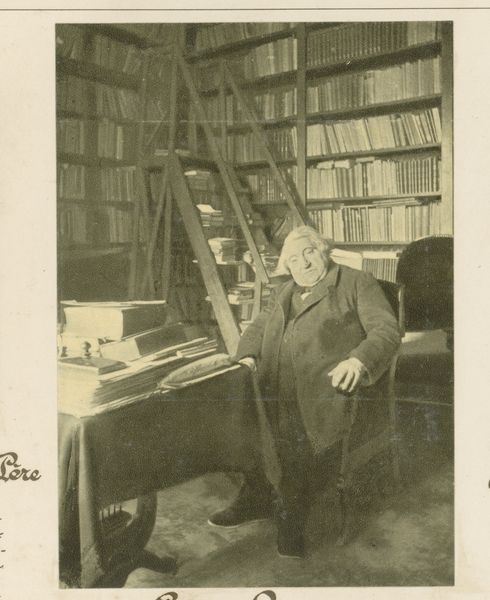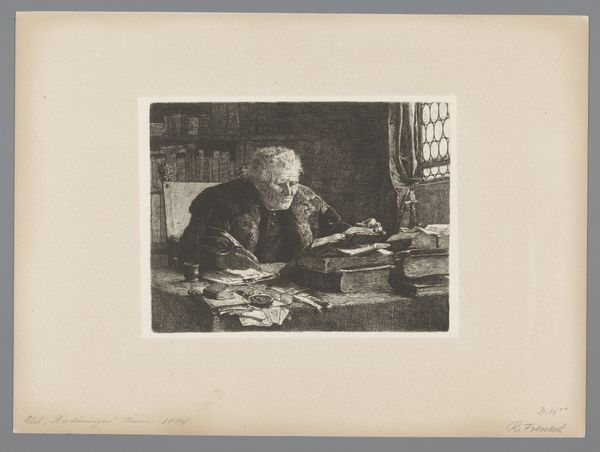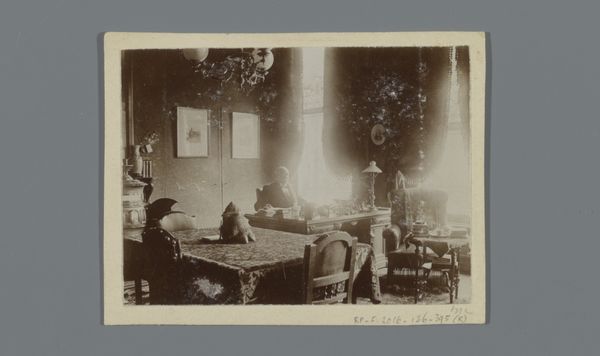
photography, albumen-print
#
portrait
#
photography
#
historical photography
#
orientalism
#
albumen-print
#
realism
Dimensions: height 80 mm, width 111 mm
Copyright: Rijks Museum: Open Domain
This small photograph of Henri Rochefort was made using the albumen print process, a technique that dominated photography in the late 19th century. The process starts with paper, coated with a layer of albumen, derived from egg whites. This albumen acts as a binder for the silver salts that create the image when exposed to light through a negative. The resulting print has a distinctive glossy surface, and a warm, sepia tone that you can see here. The albumen print was a commercially viable process, allowing for mass production of photographs, but required skilled labor to prepare the paper and sensitize it. This points to the complex relationship between photography, labor, and consumption in the 19th century. The image of Henri Rochefort, captured through the craft of photography, reflects the changing social landscape of the time. This is a far cry from painting, which was still seen as 'fine art'. Looking at the photograph with an eye for its materiality and production helps us to appreciate its historical and cultural significance beyond its aesthetic appeal.
Comments
No comments
Be the first to comment and join the conversation on the ultimate creative platform.


